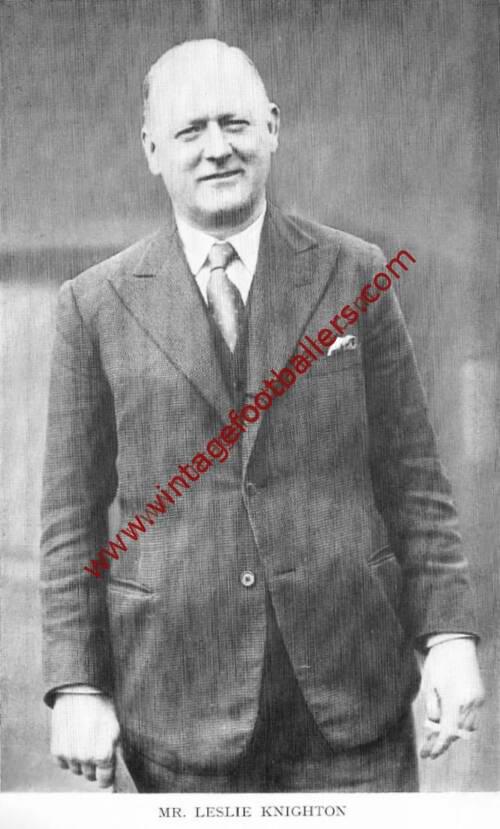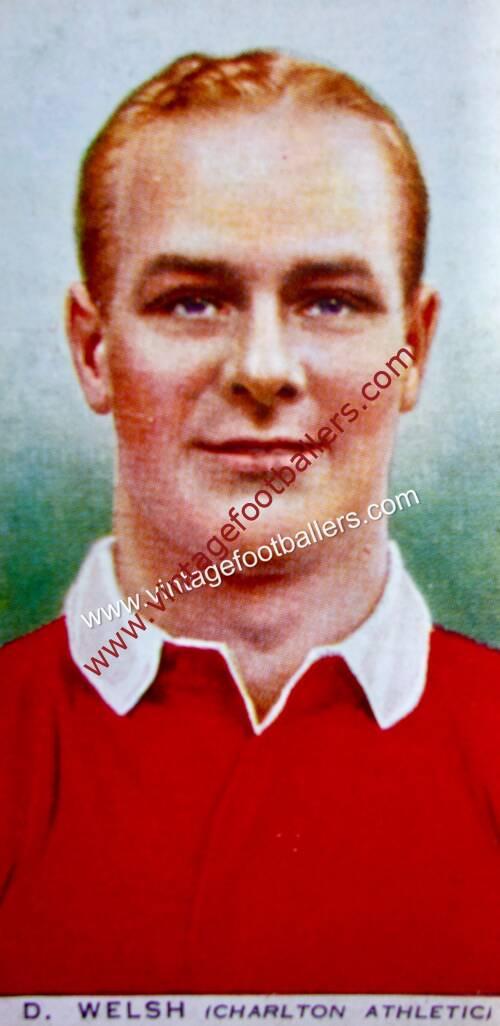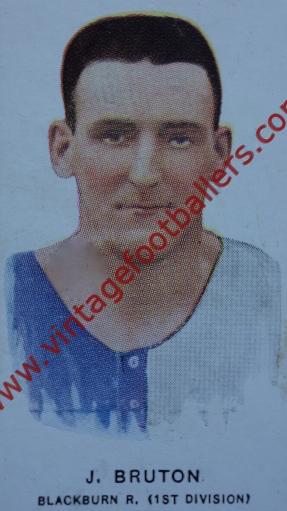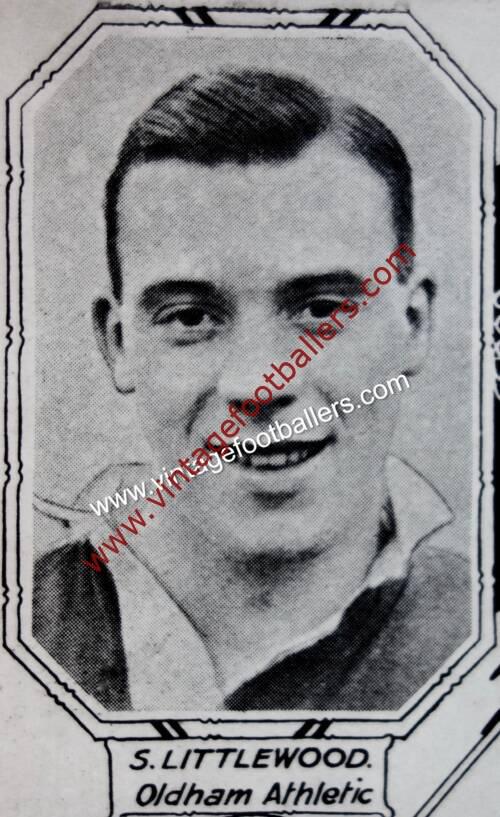Please choose your photo size from the drop down menu below.
If you wish your photo to be framed please select Yes.
Note: 16″x 20″not available in a frame.
Images can also be added to accessories. To order please follow these links
£8.95 – £49.95
Please choose your photo size from the drop down menu below.
If you wish your photo to be framed please select Yes.
Note: 16″x 20″not available in a frame.
Images can also be added to accessories. To order please follow these links
Church Gresley, Swadlincote, Derbyshire born Leslie Knighton’s own playing career was cut short by injury, after which he moved into coaching and management. He first had spells as an assistant manager at Manchester City from 1909 to 1912 and Huddersfield Town from 1912 to 1919 and was briefly caretaker manager of The Terriers in April 1912, taking control of one match before the end of the season after the departure of Dick Pudan.
In April 1919 Knighton was appointed secretary-manager of Arsenal, shortly after the club had been promoted to the First Division. He oversaw the club for six years, but Arsenal never finished higher than mid-table, their best finish during his tenure being ninth in 1920-21. Neither did Arsenal do well in the FA Cup under Knighton – in only one season, 1921-22, did Arsenal get beyond the second round of the competition, eventually losing to Preston North End in a quarter final replay.
During his time at Arsenal, Knighton had numerous fallings-out with Arsenal chairman Sir Henry Norris; Norris put a strict cap of £1,000 on transfer fees and refused to sign any player under 5’8″ tall or eleven stone. When Knighton signed the 5′ tall Hugh “Midget” Moffatt from Workington in 1923, Norris was furious when he found out; he overruled his manager and promptly sold the player to Luton Town before he’d played a League game. To get round Norris’s rules, Knighton used his guile to sign some unusual transfers, such as the amateurs Reg Boreham and Jimmy Paterson – the latter was the Arsenal club doctor’s brother-in-law, and went on to play nearly 80 games for Arsenal.
Despite Norris’s interfering, Knighton, thanks to an informal scouting system of his friends and former colleagues in the North, signed several high quality players for Arsenal; these included Bob John, Jimmy Brain and Alf Baker, all of whom would be part of Arsenal’s trophy-winning side of the early 1930’s. However, he could never knit together a solid winning side and Arsenal’s performances gradually declined towards the end of his tenure; they finished 19th in 1923-24 and 20th in 1924-25.
During his final season at Arsenal, Knighton was involved in one of the first recorded cases of doping; before a January 1925 FA Cup first round tie against West Ham United, Knighton gave the players what he described as “little silver pills”, given to him by a Harley Street doctor who was a fan of the club; although the pills were successful in increasing the players’ energy, the side effects caused them to have raging thirst. Arsenal drew the match 0-0 and before the replay they rebelled and refused to take them; Arsenal eventually lost 1-0 in the second replay after the first finished 2-2. Knighton’s activities, entirely legal under the rules at the time, were not made public until he recounted the episode in his memoirs.
Norris dismissed Knighton in the summer of 1925 and replaced him with Herbert Chapman. Knighton later alleged that Norris has only sacked him to avoid paying him a bonus (estimated at up to £4,000) from a benefit match that he was due. Norris denied this and instead cited Arsenal’s poor record that season (having finished 20th and knocked out of the FA Cup first round), but later regretted his dismissal, stating it was the one mistake in his career and in his will left Knighton £100.
After leaving The Gunners, Knighton went on to manage Bournemouth from July 1925 to July 1928, Birmingham from July 1928 to March 1933, whom he led to the 1931 FA Cup Final where they were beaten by West Bromwich Albion at Wembley, Chelsea from August 1933 to May 1939 taking over from the long serving David Calderhead, and after the Second World War Shrewsbury Town from 1945 to 1948, before their election to the Football League. Knighton subsequently wrote an autobiography, Behind the Scenes in Big Football, published in 1948.
| Weight | N/A |
|---|




